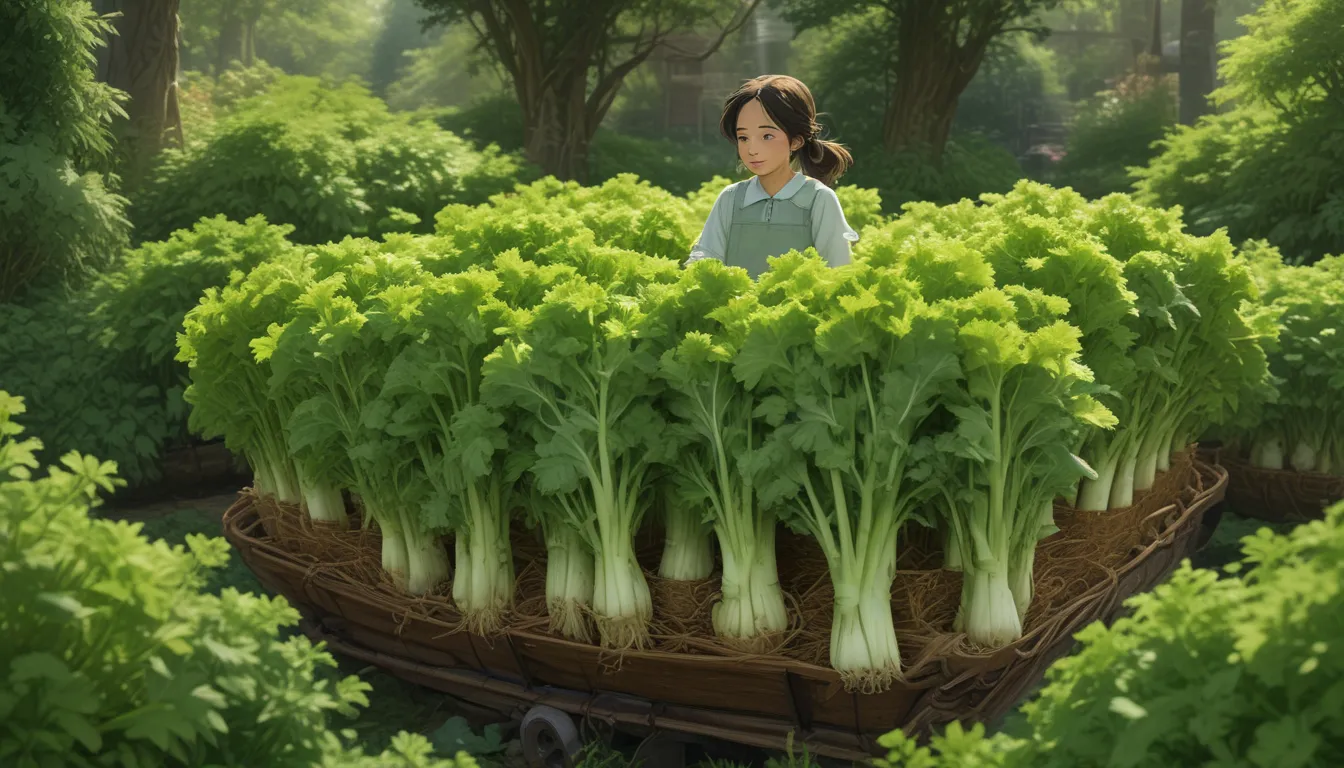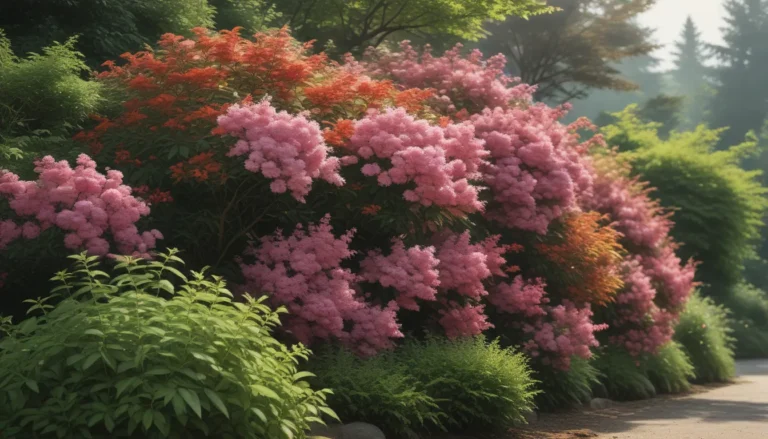How to Blanch Celery in the Garden and Why It’s Important

Are you a celery fan? If done right, celery can be flavorful with a pleasing texture that leaves you wanting more. However, achieving the perfect celery can be a challenge for home gardeners without a little extra care. Celery can end up too watery and stringy or so bitter that you’re tempted to throw it away. Cooking might reduce its bitterness, but that’s not the type of blanching we’re talking about here.
Instead of post-harvest heat treatment that can rob the stalks of their crunch, this article focuses on applying a gardening technique to improve the texture and flavor of your celery. By blanching your celery, you can ensure that it maintains its texture and flavor, even after being cooked in a soup or stew.
Let’s dive into the details of how to blanch your celery in the garden to enjoy perfectly crisp and flavorful stalks come harvest time.
What You’ll Learn
In this article, we will cover the following topics to help you understand the importance of blanching celery:
- What Is Blanching?
- The First Rule of Blanching Celery: Wait
- Clean Up Your Celery Patch
- Choose Your Blanching Method
What Is Blanching?
Blanching is a technique that involves covering the stems of a plant for two to three weeks before harvest to limit exposure to the sun. The word “blanch” comes from the French words blanc and blanchir, meaning “to whiten.”
In many plants, blanching happens naturally to restrict the sun’s reach to the inner layers of the plant. This process reduces bitterness in plants like celery and allows their natural sweetness to shine through.
Besides celery, many other plants benefit from blanching in the garden, including Belgian endive, asparagus, leeks, cauliflower, and rhubarb. If you struggle with bitterness in your homegrown celery, blanching can help enhance its flavor.
The First Rule of Blanching Celery: Wait
Before blanching your celery, you need to thin your plants, leaving no more than one plant spaced every six inches to allow roots to grow and thrive. Then, you must wait until your stalks are two to three weeks away from harvest. With celery having a maturity timeline of approximately 130-140 days, it’s crucial to time your blanching correctly to achieve the desired results.
Blanching your celery too early or too late can impact its flavor and texture. Start blanching your celery three weeks out for lighter, sweeter celery, or two weeks from harvest for a stronger flavor and more robust stalks. Consider the nutrient content in the stalks as well, as greener stalks are more nutrient-dense.
Clean Up Your Celery Patch
Prepare your celery patch by cutting away any yellowed or broken stalks, leaving only healthy stalks in the ground with a spacing of four to six inches. Cleaning up your celery patch will make it easier to apply your chosen blanching method effectively.
Choose Your Blanching Method
Here are three popular ways to blanch your celery:
Newspaper
For those with urban gardens or limited space, using newspaper for blanching celery is a simple and effective method. Simply tie the stalks together under the leaves, wrap newspaper around them, and secure it with twine or gardening tape. Make sure to water the plants while avoiding saturation of the newspaper.
Mounding
The mounding method involves raking soil or mulch up around the celery stalks, burying them with leaves poking out. This method is ideal for large gardens but requires regular maintenance to support plant growth.
Waxed Milk Cartons
For those environmentally conscious, using waxed milk cartons to blanch celery is a sustainable option. Wash the cartons thoroughly and cut them to cover the plants, allowing the leaves to remain uncovered. This method is straightforward and effective, requiring some preparation in advance.
Enjoy Your Tasty, Tender Blanched Stalks
Blanching celery requires some effort, but the results are worth it. Once you’ve blanched your celery stalks, you can sit back and watch them mature until harvest time. Experiment with different blanching times to find the right balance of flavor that suits your taste buds.
If you’ve never blanched celery before, give it a try this gardening season. Share your favorite blanching method or tips in the comments below. For more information on growing celery, check out our informative guides below:
- How to Grow Celery, a Marshland Plant Turned Tasty Veggie
- 9 of the Best Celery Cultivars for Your Garden
- 7 Reasons Why Homegrown Celery May Be Skinny
Blanching your celery in the garden can enhance its flavor and texture, making it a delightful addition to your culinary creations. Start blanching today and enjoy the benefits of tender, tasty celery stalks in your garden.





